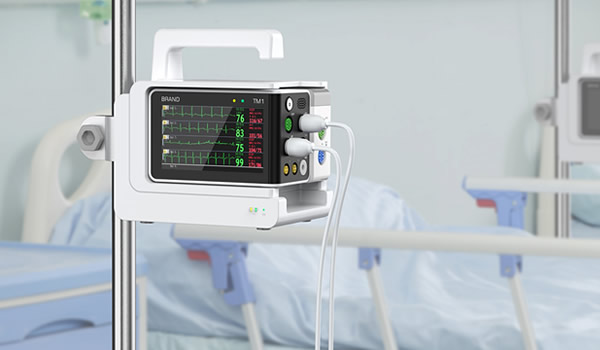Liver disease is a major health challenge in Asia, with hepatitis B and C leading to cirrhosis, liver cancer, and organ failure. Millions of patients require long-term management, and demand for liver transplantation continues to grow. This article explores liver disease treatments in Asia, covering hepatitis therapy, cirrhosis management, transplantation, and future directions.

Liver Disease in Asia: Epidemiology
- Asia as the epicenter: Over 60% of the world’s hepatitis B cases are in Asia. China and India have some of the highest burdens of liver disease globally. Southeast Asia faces increasing cases of alcohol-related liver disease.
- Leading causes of liver disease in Asia: Viral hepatitis (HBV, HCV). Alcohol abuse and fatty liver disease. Rising non-alcoholic fatty liver disease (NAFLD) linked to obesity and diabetes.
Hepatitis Treatments
Hepatitis B (HBV)
- Antiviral therapy: Tenofovir, entecavir widely used.
- Lifelong therapy often required to suppress viral replication.
- Vaccination campaigns successful in reducing new infections, especially in China and Taiwan.
Hepatitis C (HCV)
- Direct-acting antivirals (DAAs): Sofosbuvir, ledipasvir, daclatasvir achieve cure rates >95%.
- Japan, China, and India expanding access to DAAs through generics and government subsidies.
- Challenges: High cost in low-resource countries, lack of diagnosis programs.
Cirrhosis Management
- Lifestyle modifications: Alcohol cessation, healthy diet, and weight control critical.
- Medications: Diuretics for ascites. Beta-blockers to prevent variceal bleeding. Lactulose for hepatic encephalopathy.
- Endoscopic therapy: Band ligation for variceal bleeding.
- Regional challenges: Late diagnosis remains common, with many patients presenting in advanced stages.

Liver Transplantation in Asia
Current Landscape
- Asia has some of the largest liver transplant programs in the world, particularly in India, China, and South Korea.
- Living donor liver transplantation (LDLT) is more common in Asia than in Western countries due to organ shortages.
Regional Insights
- China: Expanding transplant centers, but demand far exceeds supply.
- India: Affordable transplant options attracting medical tourism, but accessibility remains uneven.
- Japan & South Korea: Advanced transplant techniques and high survival rates.
- Southeast Asia: Limited transplant centers; long waiting lists.
Barriers to Transplantation
- Organ shortage due to low deceased donor rates.
- High cost of surgery and post-transplant immunosuppressants.
- Limited public insurance coverage in many Asian countries.
Preventive Care
- Vaccination: Universal hepatitis B vaccination programs in Asia have reduced new infections dramatically.
- Screening Programs: China and Japan have mass screening initiatives for hepatitis and liver cancer.
- Lifestyle Programs: Campaigns against alcohol abuse and obesity-related fatty liver disease.
- Public Awareness: Efforts to reduce stigma and increase early diagnosis.
Future of Liver Disease Treatment in Asia
- Universal Access to DAAs for hepatitis C cure.
- Development of curative HBV therapies (functional cure beyond suppression).
- Artificial liver support systems in Japan and China under clinical trials.
- Stem cell therapies for liver regeneration.
- Policy initiatives to boost organ donation rates.
- AI-driven diagnostics for early detection of fibrosis and cirrhosis.

Conclusion
Liver disease remains a serious health crisis in Asia, driven by hepatitis, alcohol use, and rising metabolic diseases. While antiviral drugs and transplantation have transformed outcomes, access and affordability remain key challenges.
The future of liver care in Asia depends on expanding access to DAAs, advancing transplant programs, investing in regenerative medicine, and preventive strategies that reduce the burden at population level.